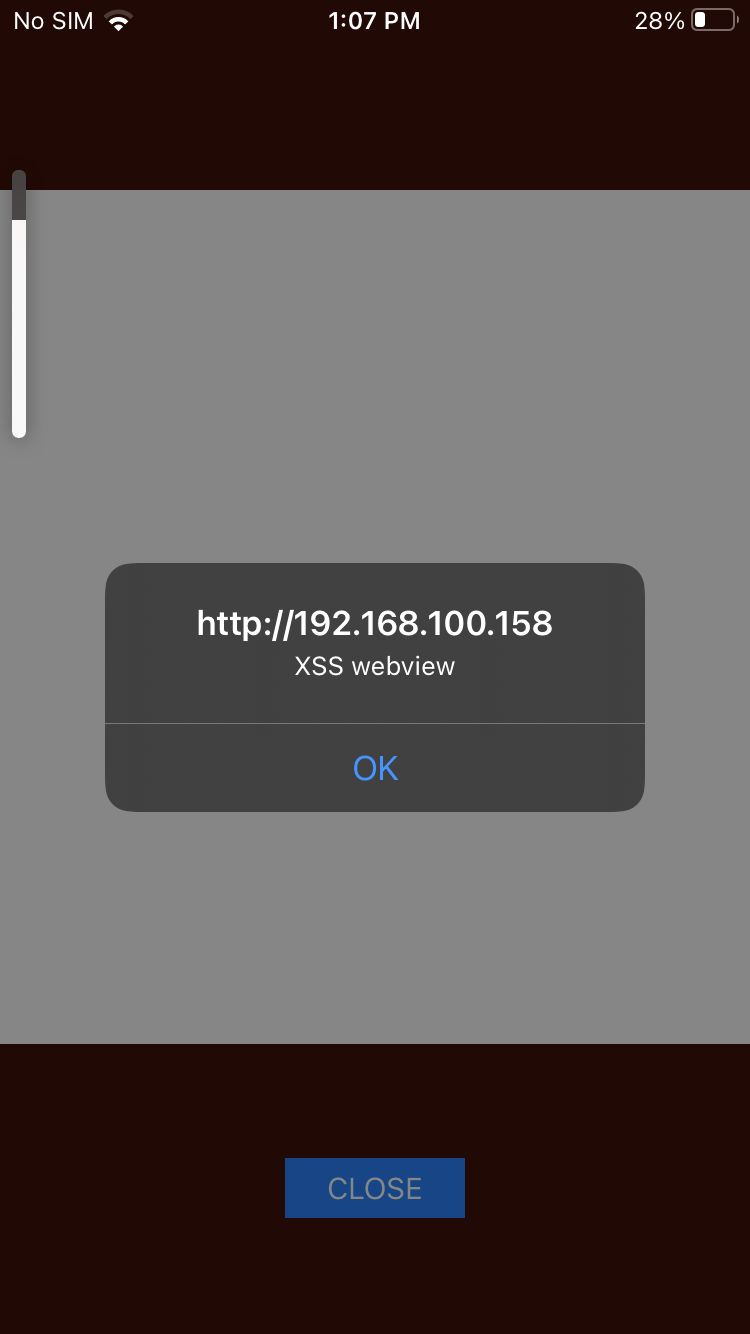Cross-Site Scripting, or famously XSS, can also occur in mobile apps through webviews. A webview is a native component that allows an app to display web content within the app. Suppose a webview loads a page that contains a malicious script. In that case, that script can be executed within the app, potentially allowing an attacker to access sensitive information or take control of the app.
One way that XSS can happen in webviews is through insecure links. If an app loads a webview with a link to a page that is not properly secured, an attacker can inject a malicious script into that page, which can then be executed within the app.
Another way that XSS can occur in webviews is through vulnerabilities in the webview itself. Some older versions of webviews have known security vulnerabilities that attackers can exploit.
To prevent XSS in webviews, it’s important only to load secure links within the webview and ensure that the webview is running the latest version with the latest security patches. Additionally, it’s a good practice to regularly test your app for vulnerabilities and update it with the latest security patches.
Mobile app developers should be aware of the potential risks of XSS in webviews and take appropriate measures to prevent it. Webviews are commonly used in mobile apps, that’s why it’s important to properly configure and secure them to protect users’ data and your app’s integrity.
